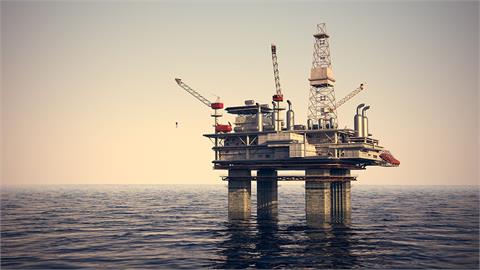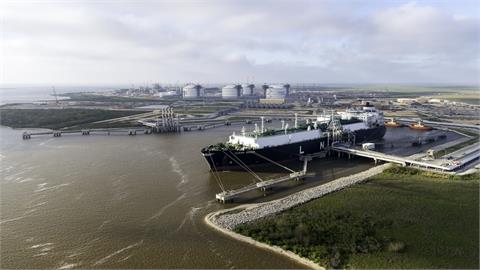Turkey has given permission to Gazprom to conduct offshore engineering
surveys within Turkey's exclusive economic zone and territorial waters
in the Black Sea necessary for the development of Gazprom's planned 63
Bcm a year TurkStream pipeline, the company said in a statement late
Monday.
The permission covers surveys necessary for the
construction of only the first of the four parallel pipes each with
capacity 15.75 Bcm/year which will make up the 63 Bcm/year line and that
it is envisaged that all the gas supplied via this line will go to the
Turkish market.
The statement added that Turkey has confirmed that the results of the
Environmental Impact Assessment obtained by Gazprom for the development
of the section of the now abandoned South Stream gas pipeline which
would have passed through Turkey's EEZ can be used for the new pipeline.
Turkey
and Russia agreed in 2011 to allow the line to pass through Turkey's
EEZ, and Turkey's environment ministry formally approved the EIA for the
South Stream line in July 2014.
However the South Stream line
was planned to run from Anapa on Russia's eastern Black Sea coast
through Turkey's EEZ, and on through Bulgarian waters to make landfall
at Varna in Bulgaria, whereas the Turk Stream line is slated to make
landfall in Turkey's European province of Thrace.
The statement
said the new Turk Stream line would run for 660 km (409 miles) along the
route of the abandoned South Stream line and for 250 km along a new
route to the Turkish coast but did not clarify whether the new surveys
would apply to the whole route or just the 250-km section exclusive to
TurkStream.
First proposed by Russian President Vladimir Putin on
a visit to Ankara in December last year, the proposed 63 Bcm/year Turk
Stream line replaces Russia's long planned South Stream pipeline which
had been planned to run across the Black Sea and through Bulgaria but
has been halted due to EU insistence that the line allow third-party
access.
Turk Stream has proved controversial not just because it
will enable Russia to export gas to Europe by-passing Ukraine, but also
because it will deliver large volumes of Russian gas to the
Turkey-Greece border potentially swamping the southeast European market
and threatening the viability of the 31 Bcm/year Azerbaijani-Turkish
TANAP pipeline which is expected to start delivering gas from the
Azerbaijani sector of the Caspian to customers in Europe in 2020.
Russian
energy minister Alexander Novak said last week that he expected a
formal signing of an agreement between Russia and Turkey over the
planned Turk Stream line to be signed by the end of June.
Turkish
energy minister Taner Yildiz said two weeks ago that no agreement
signed with Moscow would be binding unless and until it is ratified by
the Turkish parliament.
Turkey is currently without a government
following a general election on June 7 in which the governing Justice
and Development Party (AKP) lost its parliamentary majority.
Russia
and Greece last week signed an accord for Greece to receive gas via the
planned Turk Stream line despite current plans envisaging all of the
15.75 Bcm/year going via the first pipe to be supplied to Turkey and no
confirmation of any talks on the other three planned pipes.
Reports
in the Russian media Monday quoted Novak as stating that Bulgaria had
proposed building a natural gas storage facility for use by TurkStream
but gave no details beyond that he hoped it would be wholly on Bulgarian
territory as opposed to straddling the Bulgarian-Turkish border.
(platts.com)
Related content
Wednesday, 05 November 2025
Wednesday, 05 November 2025
Tuesday, 04 November 2025
Tuesday, 04 November 2025



